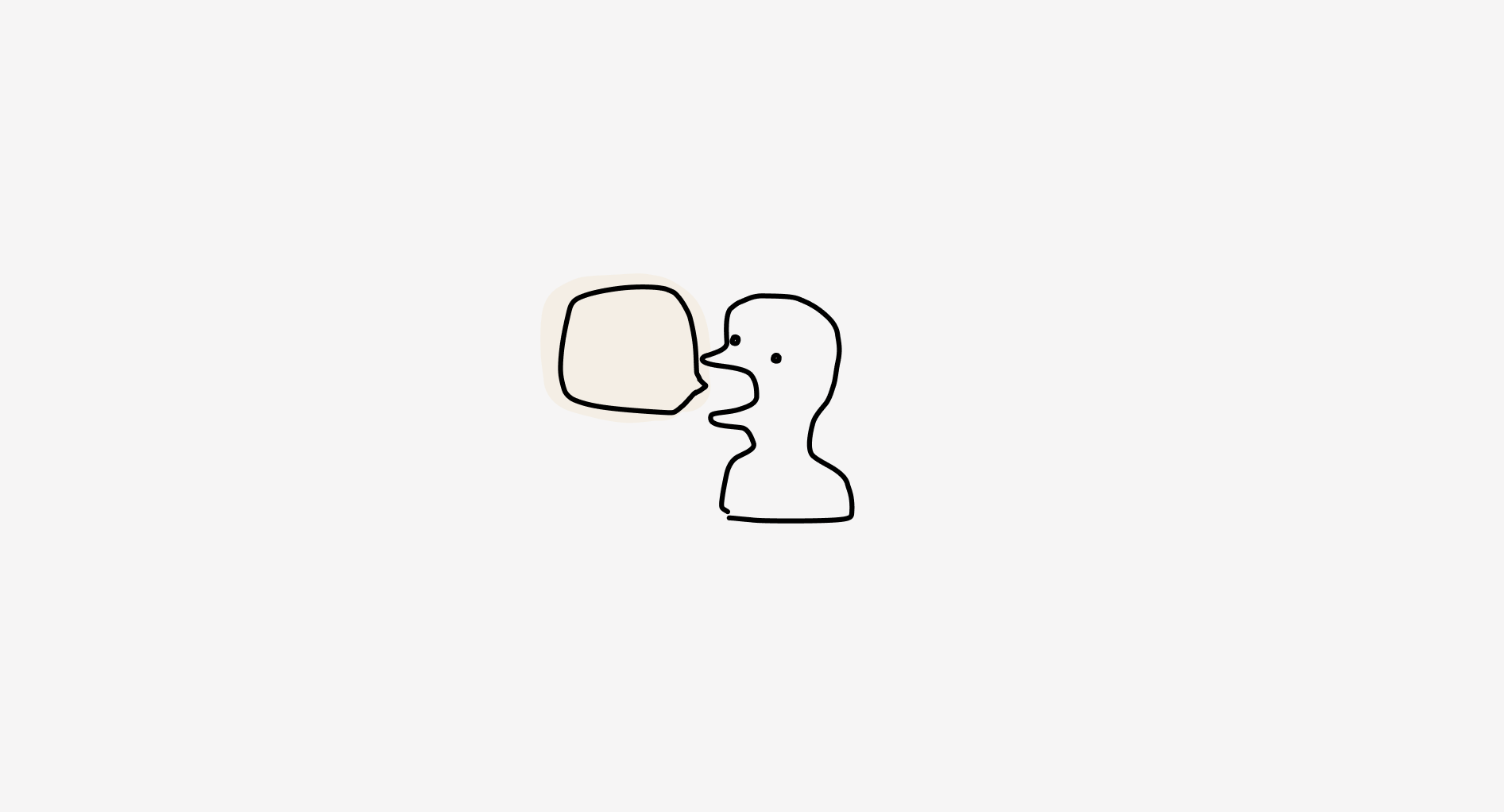Full-stack product designers in 2025

Full-stack product designers:
Strategy, UX, UI, prototyping, maybe even shipping code. The role sounds like a dream, but most teams don’t know how to actually use it.
I’ve often been brought on because I work this way— across product strategy, cross-product systems, AI tooling, and UX design. The job is about seeing the big picture, stitching together product intent, and making sure the execution supports it end to end.
But here’s what I’ve learned:
Full-stack doesn’t mean “do everything.”
It means “connect everything.”
Too often, companies hire this kind of designer… then unintentionally limit their impact. They get stuck in handoff loops, vague ownership zones, or left out of key product decisions entirely.
If you’re hiring for a designer who can go end-to-end, here’s what actually sets them up for success:
• Involve them early in framing the problem, not just shaping the UI
• Give them access to context, not just tasks
• Trust them to lead cross-functionally, not just design individually
• Let them define what done looks like, not just what pretty looks like
When done well, this role becomes a force multiplier. Not just for speed but for clarity, alignment, and momentum. The orgs that recognize that (and build the structure to support it) will attract and retain a different caliber of designer.
Full-Stack Designer Skills Matrix
Core Design Skills (Foundation)
| Skill | Junior | Mid | Senior | Staff+ |
|---|---|---|---|---|
| Visual Design | Follow guidelines | Create cohesive interfaces | Define visual language | Set org-wide standards |
| Interaction Design | Basic patterns | Complex flows | System thinking | Innovation in patterns |
| User Research | Assist in sessions | Lead studies | Synthesize insights | Research strategy |
| Information Architecture | Page-level IA | Feature-level IA | Product-level IA | Ecosystem IA |
Extended Skills (The “Stack”)
| Skill | Junior | Mid | Senior | Staff+ |
|---|---|---|---|---|
| Product Strategy | Understand goals | Contribute to roadmap | Define features | Shape product vision |
| Frontend Code | HTML/CSS basics | React components | Design systems code | Architecture decisions |
| Data & Analytics | Read dashboards | Define metrics | Analysis & insights | Data-driven strategy |
| Business Acumen | Know the industry | Understand P&L | ROI calculations | Business model design |
Multiplier Skills
| Skill | Junior | Mid | Senior | Staff+ |
|---|---|---|---|---|
| Systems Thinking | Component level | Feature level | Product level | Organization level |
| Stakeholder Management | Update progress | Manage expectations | Influence decisions | Drive consensus |
| Technical Communication | Document designs | API discussions | Architecture reviews | Tech strategy |
| Team Leadership | Peer collaboration | Mentor juniors | Lead initiatives | Build culture |
Learning Path Recommendations
Years 0-2 (Foundation Building)
- Master core design craft
- Learn basic HTML/CSS/JS
- Understand your product’s business model
- Practice presenting work
Years 3-5 (Stack Expansion)
- Ship production code
- Lead research initiatives
- Own feature strategy
- Build cross-functional relationships
Years 5-8 (Integration)
- Connect design to business outcomes
- Influence technical architecture
- Define team processes
- Mentor other designers
Years 8+ (Leadership)
- Shape organizational design culture
- Define multi-year vision
- Build new capabilities
- Scale your impact through others
Key Takeaways
Full-stack means connecting, not doing everything - The value is in bridging gaps between strategy, design, and implementation
Depth in one area enables breadth in others - Strong design fundamentals make technical and strategic skills more impactful
Organizations must evolve to leverage these designers - Traditional structures often constrain full-stack designers’ potential impact